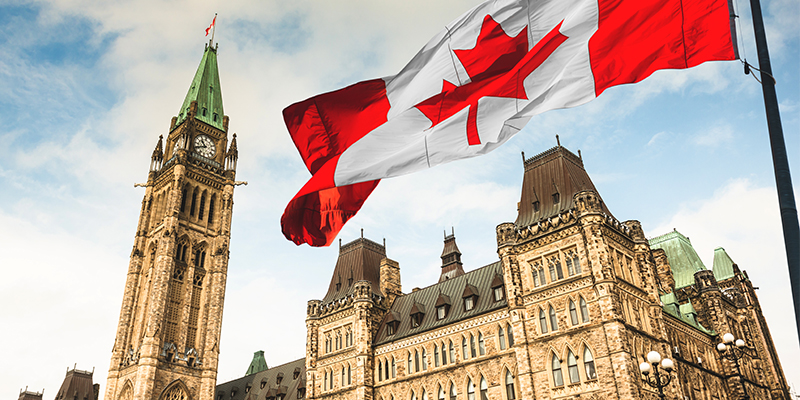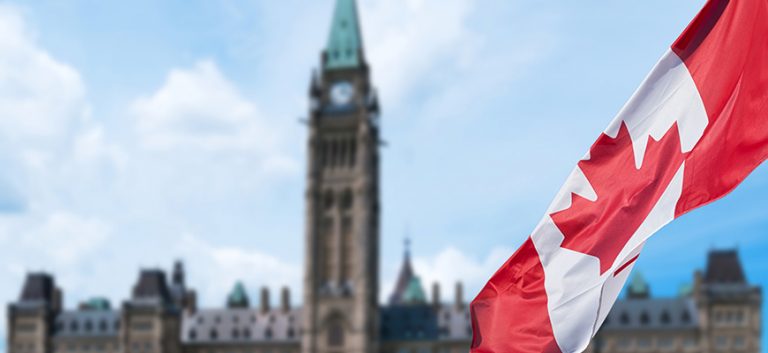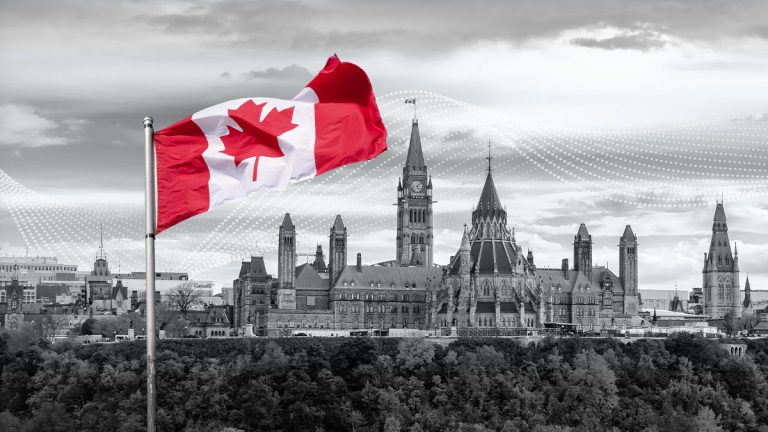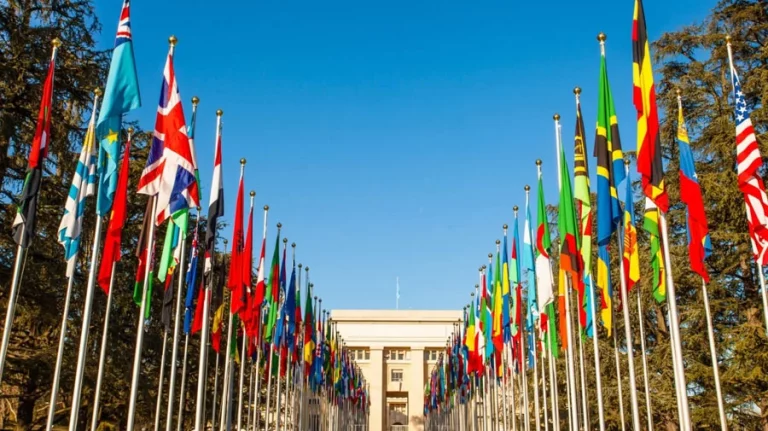
Market Share - NAIOP
How Canadian federal government works
If you want to understand how Canadian federal government works, this article gives a clear, practical overview. Canada’s federal system blends constitutional law, parliamentary practice and conventions to divide power between the national (federal) level and provinces. Below you’ll find plain-language explanations of Parliament (House of Commons and Senate), the roles of the Prime Minister and Governor General, how laws and budgets are made, and how federal and provincial responsibilities are divided.
Canada’s constitutional foundation
Explaining how Canadian federal government works begins with the Constitution — principally the Constitution Acts (1867–1982). The Constitution sets out which powers belong to the federal Parliament and which are reserved to provincial legislatures. It also establishes the basic institutions: the Crown (represented by the Governor General), the elected House of Commons, and the appointed Senate. For precise legal text and the division of powers, the Government of Canada and Justice Canada provide the official constitutional text and guidance. (Justice Laws)
The law-making engine – Parliament
Parliament is central to understanding how Canadian federal government works. Parliament is bicameral — made up of:
- The House of Commons (elected Members of Parliament, or MPs). The political party (or coalition) with the most seats normally forms government, and its leader becomes Prime Minister. The House initiates most legislation and controls public spending. (House of Commons of Canada)
- The Senate (appointed senators). The Senate reviews, studies, and can suggest amendments to legislation passed by the House; its role is to provide sober second thought on bills. While the Senate rarely blocks supply (budget) measures, its review role is part of the checks in the parliamentary process. (Learn Parliament)
A bill becomes law only after both chambers pass identical text and the Governor General grants Royal Assent. Money bills traditionally originate in the House of Commons, reflecting the House’s control over public finances — a key feature of how Canadian federal government works.
The Crown, Governor General, and the Prime Minister
In Canada’s system, the Crown (the monarch) is the ceremonial head of state; the Governor General is the Crown’s representative in Canada. The Governor General performs constitutional and ceremonial duties — giving Royal Assent, summoning and dissolving Parliament on advice, and representing Canada domestically and abroad. Although the Governor General usually acts on the advice of the Prime Minister and Cabinet, the office retains reserve powers that can be important in unusual constitutional circumstances. (Governor General of Canada)
The Prime Minister is the head of government and the central political figure in how Canadian federal government works. The Prime Minister:
- Leads the executive branch and chairs the Cabinet.
- Advises the Governor General on appointments (ministers, senators, judges) and on the dissolution of Parliament.
- Directs government policy and sets the legislative agenda in Parliament. Much of the Prime Minister’s power is based on constitutional convention and political reality rather than explicit constitutional text. (Centre for Constitutional Studies)
Cabinet, ministers, and public service
The Cabinet — ministers chosen by the Prime Minister — administers departments and proposes most government legislation. Ministers are accountable to Parliament for their departments’ actions. The non-partisan public service (civil servants) supports ministers by implementing policy, providing analysis, and running government programs. This minister-public service partnership is another core part of how Canadian federal government works operationally. (Canada.ca)
How laws and budgets are made
Understanding how Canadian federal government works requires knowing the legislative steps:
- Drafting and first reading — a bill is introduced in either chamber (money bills start in the House).
- Committee study and hearings — committees examine the bill, hear witnesses, and suggest amendments.
- Report stage and third reading — the full chamber debates the revised text and votes.
- Other chamber review — the second chamber repeats the process.
- Royal Assent — once both chambers pass the same text, the Governor General gives Royal Assent and the bill becomes law.
For budgets, the Minister of Finance tables the federal budget in the House of Commons; the budget must be approved (supply) by the House for the government to continue operating. Loss of confidence on a supply vote can lead to the resignation of the government or a dissolution and general election — a practical demonstration of how Canadian federal government works in parliamentary practice. (House of Commons of Canada)
Federal vs provincial responsibilities
Canada is a federation: some powers are federal (defense, currency, trade and international relations), while others are provincial (education, health care delivery, property and civil rights). The Constitution Acts list these subject areas; where a matter falls outside provincial heads of power it generally falls to the federal government. Intergovernmental relations and cooperation are a regular feature of Canadian governance because many real-world problems (health care funding, climate policy, economic development) cross jurisdictions. (Canada.ca)
Checks, conventions, and transparency
In practice, how Canadian federal government works depends on a mixture of law and long-standing conventions: confidence conventions (governments must command the confidence of the elected House), ministerial responsibility, and judicial review. Courts can rule on constitutional questions and the legality of government actions, giving a legal check on Parliament and the executive.
How citizens participate
Citizens participate in the federal system by voting in federal elections, contacting MPs, attending committee hearings, participating in public consultations, and accessing government services. Understanding how bills, budgets, and appointments work lets citizens hold government accountable and engage effectively.
Final thoughts
If you want a compact summary of how Canadian federal government works: the Constitution sets the framework. Parliament (House and Senate) makes laws and controls spending. The Prime Minister and Cabinet run the government day-to-day with support from the public service. And the Governor General performs constitutional and ceremonial duties on behalf of the Crown. For authoritative, up-to-date details and official texts, consult the Government of Canada’s explanations of how government works and the constitutional texts published by Justice Canada. (Canada.ca)
Follow TNN for more CANADA NEWS TODAY.






